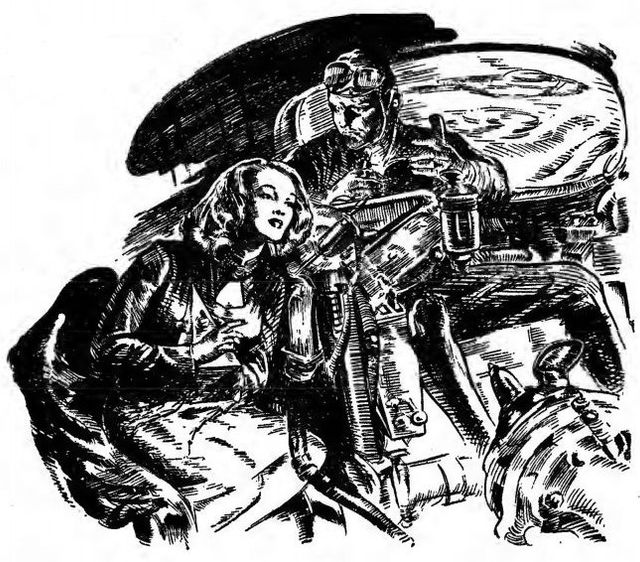-
Vijay Fafat
- Published on
The story is a very poignant vignette of a pregnant woman, Polly, who, through an accident of electrical nature, gives birth to a healthy son who appears as a blue pyramid to everyone. As the doctor explains:
“The child was somehow affected by the birth pressure. There was a dimensional distructure caused by the simultaneous short-circuitings and malfunctionings of the new birth-mechs and the hypnosis machines. Well, anyway,” the doctor ended lamely, “your baby was born into—another dimension. […]The child was thrust into another continuum. Otherwise, it is perfectly normal.”
Dr. Wolcott made it emphatic. “Your child is alive, well, and happy. It is lying there, on the table. But because it was born into another dimension it has a shape alien to us. Our eyes, adjusted to a three dimensional concept, cannot recognize it as a baby. But it IS. Underneath that camouflage, the strange pyramidal shape and appendages, it is your child.”
The Baby, named “Py”, sees things differently than humans. It sees this:
“There were moving objects above and around Baby. Six cubes of a gray-white color, bending down. Six cubes with hexagonal appendages and three eyes to each cube. Then there were two other cubes coming from a distance over a crystalline plateau. One of the cubes was white. It had three eyes, too. There was something about this White Cube that Baby liked. There was an attraction. Some relation. There was an odor to the White Cube that reminded Baby of itself.
[…]
Baby was conscious of movement. One White Cube held him in warm appendages. Another White Cube sat further over, within an oblong of purple. The oblong moved in the air over a vast bright plain of pyramids, hexagons, oblongs, pillars, bubbles and multi-colored cubes. One White Cube made a whistling noise. The other White Cube replied with a whistling. The White Cube that held him shifted about. Baby watched the two White Cubes, and watched the fleeing world outside the traveling bubble.”
Polly decides that she wants to nurture the child till the doctors and physicists find a way of rotating the baby back into her perceptual space, but it takes a very large toll on her emotionally, torn between the desires of a mother, the need for a normal child, and the perceptions of the society around her should it get to know about the predicament. This is the only child she can ever have, and it eats away at her that somehow it was her fault that Py was born inter-dimensionally.
In the end, the parents rotate themselves into the same spatial orientation into the higher dimensions as Pi, with the knowledge that they would be gaining the ability to tend to Py as a normal child while communicating with our world in fairly normal way, even if the world saw them as just some abstractly moving geometrical solids…
I should note that here is no explicit math discussed in this “higher dimension” story. But entire premises, along with woven descriptions of how a 3-dimensional object rotated into higher dimensions would appear, behave, smell, and sound from our perceived three dimensions leave a strong sense of geometry.
